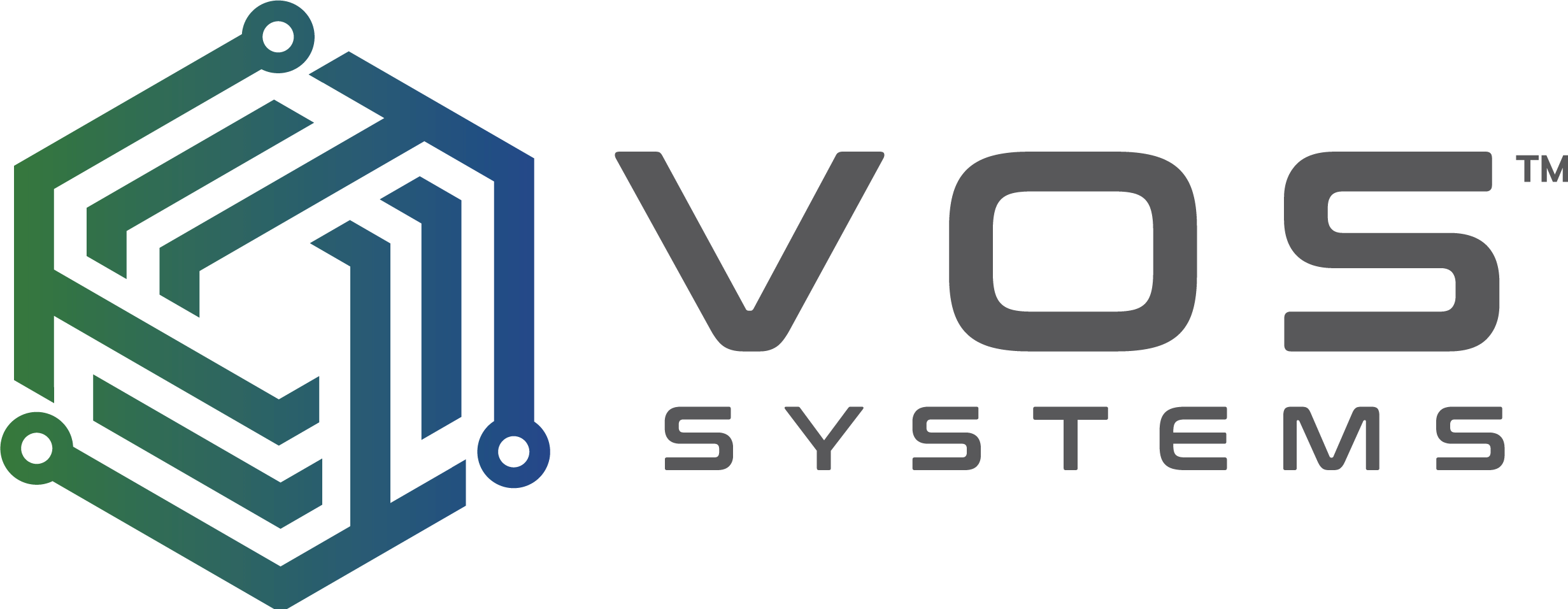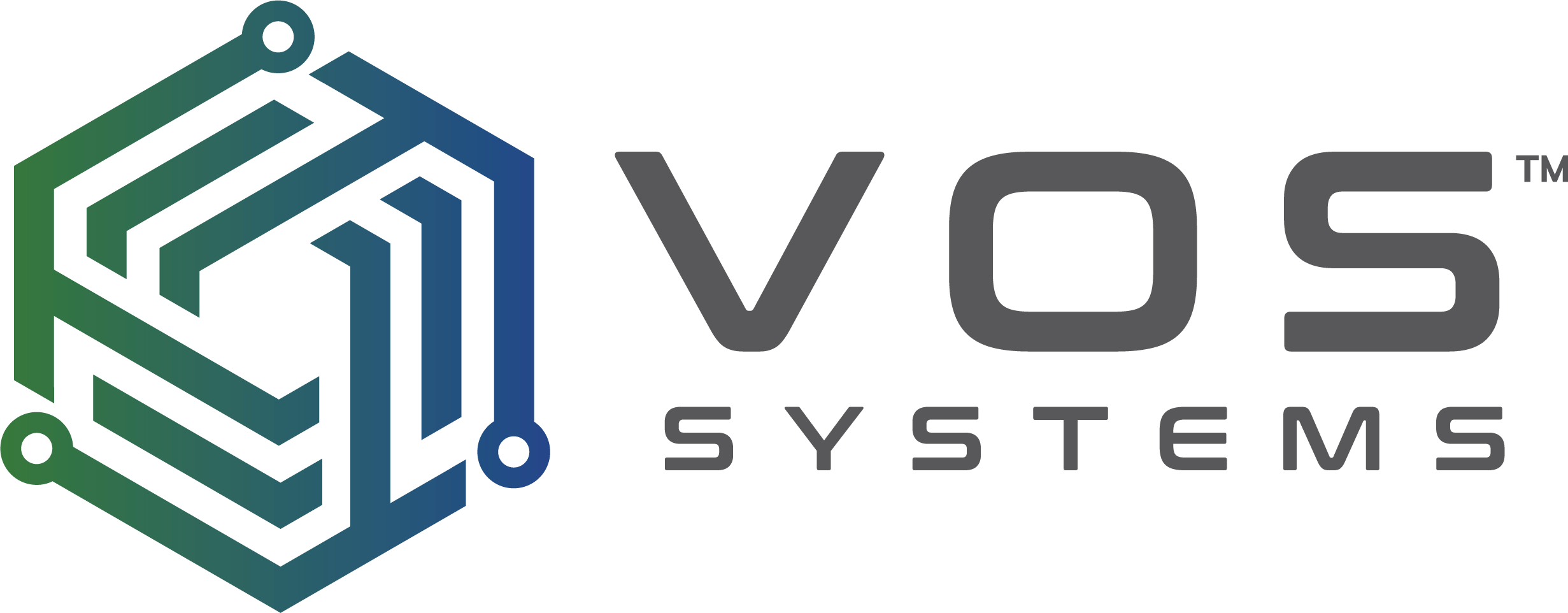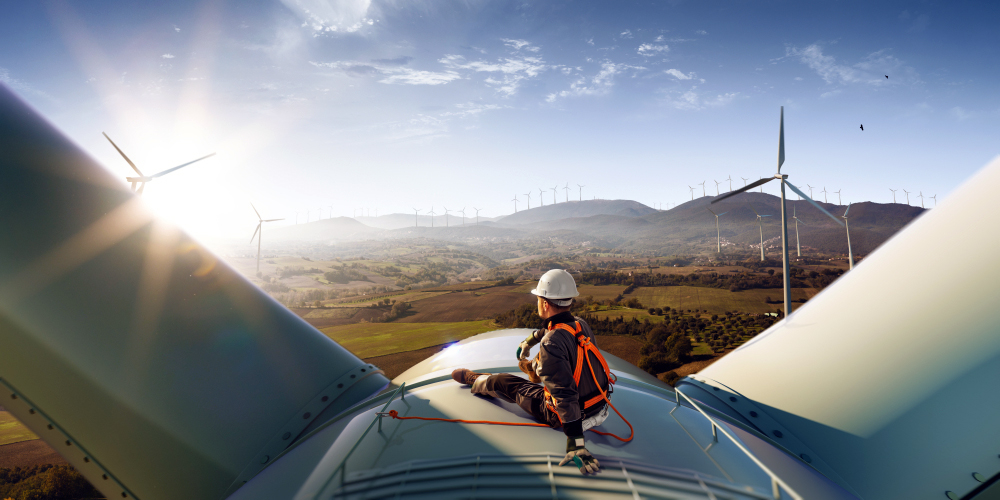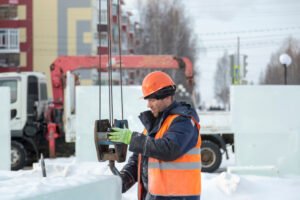7/1/2022—Renewable energy is rapidly growing every year. The use of solar, wind and other clean energy sources is predicted to grow by 60% from 2020 to 2026, with renewables accounting for 95% of the global power capacity, according to the International Energy Agency (IEA).¹ This progress not only benefits the environment but can aid in decreasing job shortages too. In fact, a projected 84% of all energy jobs will be renewable by 2050, according to a recent study published in One Earth.²
As this workforce grows, the potential safety risks associated with it must be addressed to ensure the renewable energy workers are protected. Since renewable energy is a considerably newer field, it includes the use of specialized machinery that some workers may be unfamiliar with or lack experience using. Machines like wind turbines, solar electric systems, hydropower and geothermal pumps all require specific training, and misuse of such machinery can lead to equipment damage, personal injury and even fatalities.
Reliance on the earth’s natural elements is at the core of renewable energy, and those same elements can create risks for workers. For example, those in remote turbine locations face danger from the same wind generating energy, which can cause falls, fires and equipment damage. In hydro energy, dams can leak or flood. Biomass and gas-related renewables carry chemical hazards, where personal protective equipment (PPE) and work locations must be maintained and monitored. As with any energy job, fossil or renewable, electric shock can cause injury or fatality, thus PPE and training are integral.
Work environments in the renewable sector are unique, with workers often traveling to remote locations, operating underground, or working with high-risk chemicals and gas. Lone workers deployed here face threats, with the added danger of being isolated in the field. Alerting administrators when injury occurs can be difficult or impossible if a worker is rendered unconscious or in an area with poor cellular service, therefore a seamless system for sending and receiving S.O.S alerts in a timely manner is vital.
CoRe Connected Resources is VOS Systems’ solution to addressing all these issues and more. Each employee is assigned a personal safety device (PSD badge), which logs individual worker profiles, including trainings completed, hours worked, locations, time on the clock and more. PSDs are connected via 5G technology, so admins can keep track of employees in the field with real-time visibility. PSDs are equipped with SOS-button alerts, which notify admins in the moments following injury when time is of the utmost importance. Should an employee be rendered helpless, the fall detection sensors built into the PSD will notify admins when an employee is unable to do so themself.
Enhancing safety is just one of the many industry solutions CoRe offers. From task management to machine upkeep, CoRe provides your company with everything it needs to save on costs, protect investments and keep your workforce safeguarded. Contact us today to learn more!
…
¹ IEA. (2021, December 1). Renewable electricity growth is accelerating faster than ever worldwide, supporting the emergence of the New Global Energy Economy – News. IEA. Retrieved July 1, 2022, from https://www.iea.org/news/renewable-electricity-growth-is-accelerating-faster-than-ever-worldwide-supporting-the-emergence-of-the-new-global-energy-economy
² Pai, S., Emmerling, J., Drouet, L., Zerriffi, H., & Jewell, J. (2021, July 23). Meeting well-below 2°C target would increase energy sector jobs globally. One Earth. Retrieved July 1, 2022, from https://www.sciencedirect.com/science/article/pii/S259033222100347X
Jun 04, O. S. H. A. (n.d.). Safety in the renewable energy industry. Occupational Health & Safety. Retrieved July 1, 2022, from https://ohsonline.com/Articles/2021/06/04/Safety-in-the-Renewable-Energy-Industry.aspx?Page=2





